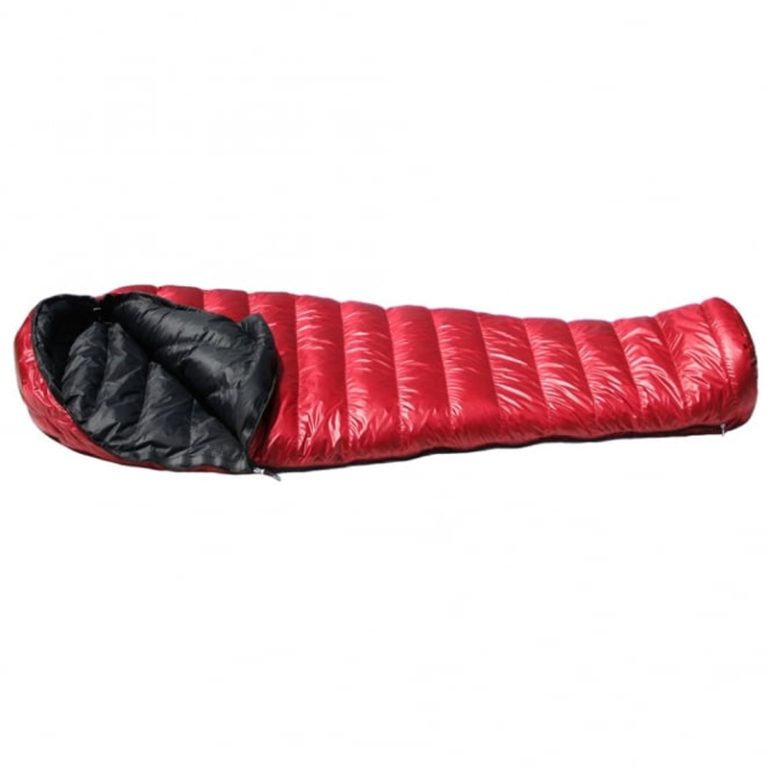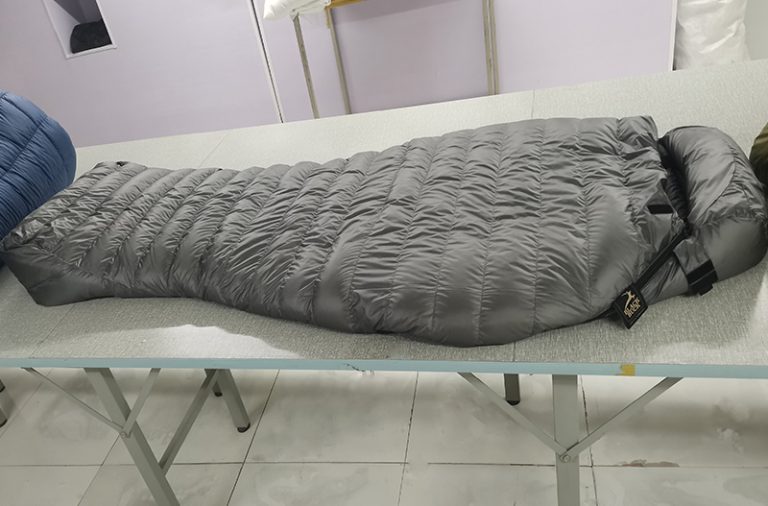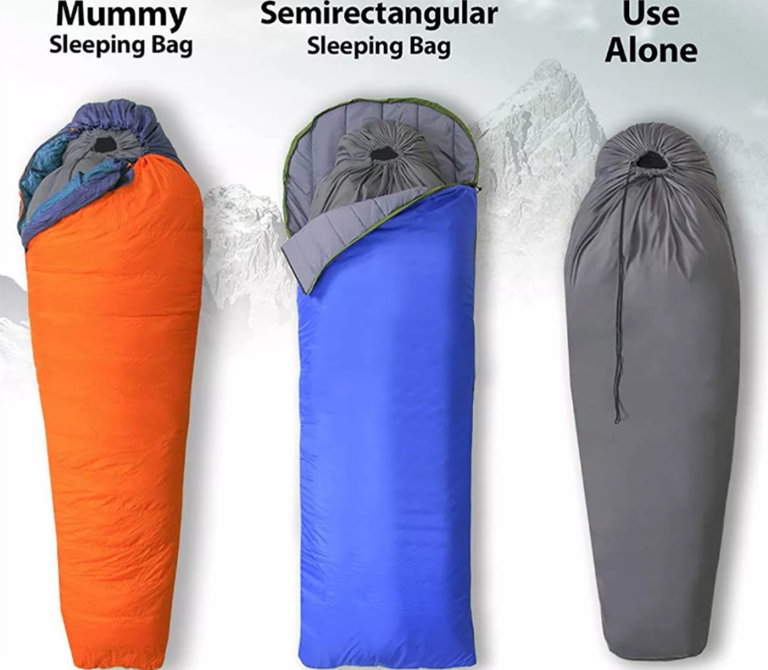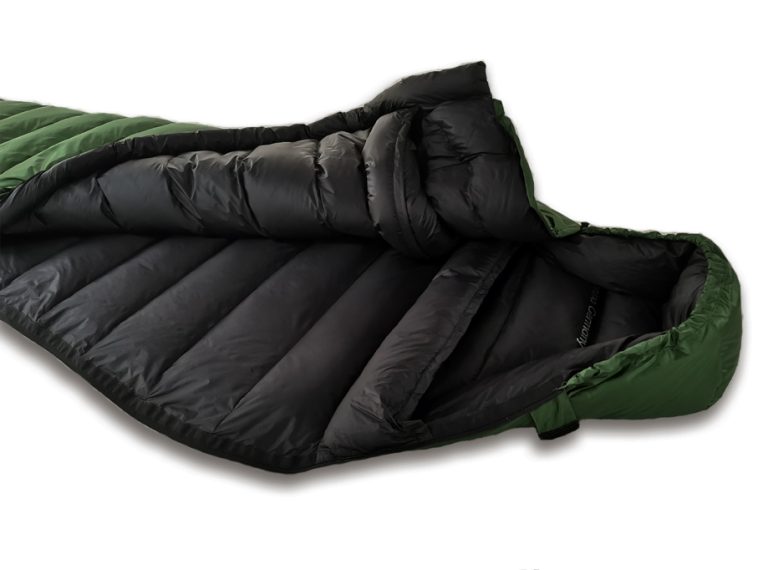How to Choose the Right Outbound Sleeping Bag for Your Next Adventure
When choosing an outbound sleeping bag for your next adventure, there are several factors to consider. First, consider the temperature rating of the bag. Make sure the bag is rated for the temperatures you will be encountering on your trip. Second, consider the shape and size of the bag. Make sure the bag is the right size for your body type and that it has enough room for you to move around comfortably. Third, consider the insulation type. Down insulation is lightweight and compressible, while synthetic insulation is more affordable and retains warmth better when wet. Finally, consider the features of the bag. Look for features such as draft collars, hoods, and zipper baffles to keep you warm and comfortable. With these factors in mind, you can choose the right outbound sleeping bag for your next adventure.
Tips for Caring for Your Outbound Sleeping Bag to Ensure Long-Lasting Comfort and Durability
1. Store your sleeping bag in a cool, dry place.
2. Clean your sleeping bag regularly with a mild detergent and warm water.
| Temperature | Stuffer Type | Filling | Filling weight |
| 40º F; 4º C | Synthetic | Spirafil 120 | 12 oz |
| 40º F; 4º C | Synthetic | Climashield HL | 1 lb 3 oz |
| 40º F; 4º C | Down | 650 Goose Down | 10 oz |
| 40º F; 4º C | Down | 650+ Goose Down | 10 oz |
| 40º F; 4º C | Down | 850+ Goose Down | 12 oz |
3. Air out your sleeping bag after each use to prevent moisture buildup.

4. Repair any tears or rips promptly to prevent further damage.
5. Use a sleeping bag liner to protect the interior from dirt and sweat.
6. Avoid using a washing machine or dryer to clean your sleeping bag.
7. Use a sleeping bag storage sack to keep your sleeping bag clean and dry.
8. Avoid exposing your sleeping bag to direct sunlight or extreme temperatures.







